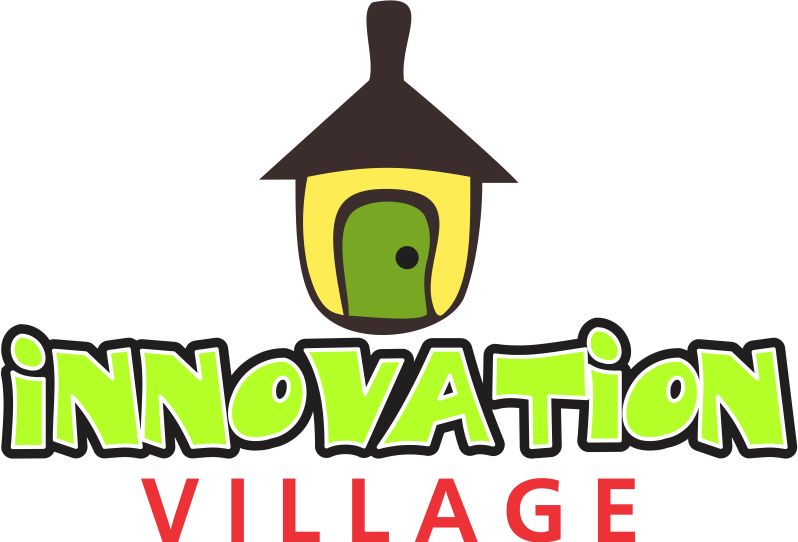In today’s world, digital literacy is just as crucial for thriving as is reading and writing. This skill is no longer a luxury afforded to select few; it is a necessity for students to thrive in a digital-first economy. While Africa has made strides in adopting technology, the digital divide between urban and rural areas remains significant. This gap can only be closed by equipping schools with the right tools and teaching methods. Luckily, EdTech solutions can be used to improve digital literacy in African schools, and here’s how:
Understanding the Role of EdTech in Education
First, students need to have a firm grasp on the meaning of EdTech. EdTech (Education technology) refers to the integration of technology into the educational process to optimize learning outcomes. In African schools, this means providing students with the tools and platforms they need to learn about technology, develop digital skills, and interact effortlessly with online resources. While rural Africa seems unreachable with this kind of innovative technology, mobile penetration rates have been on a consistent rise across the continent, meaning EdTech has the potential to reach even the most remote areas.
Platforms like Eneza Education and uLesson are already changing the online learning game, offering students access to digital learning materials through their mobile phones. These tools are not only making education more accessible but also ensuring that students develop the tech-savviness needed to excel in the digital age.
Introducing Digital Literacy Early in the Curriculum
In order to improve digital literacy in schools, integrating it into the curriculum is essential. African schools must prioritize teaching students how to use basic tools like word processors, spreadsheets, and email platforms. Beyond this, coding and programming should be introduced at early stages to prepare students for future careers in tech.
While children may seem mentally incapable of grasping subjects such as coding, organizations such as CodeLagos in Nigeria and STEMettes are already working on integrating them into primary and secondary school curriculums in easy and accessible ways. Expanding similar initiatives across the continent will go a long way in building a tech-savvy generation.
Providing Access to Affordable EdTech Tools
For EdTech to be effective, access must be nationwide. Rural schools often lack the resources to invest in technology, but partnerships with EdTech companies and NGOs can make a difference. Projects like Africa Code Week and the One Laptop Per Child initiative are already providing devices to underserved schools.
Additionally, mobile-first platforms like uLesson and Google’s digital skills training programs offer affordable and scalable solutions. By leveraging these tools, schools can introduce students to digital platforms without the need for expensive equipment.
Training Teachers to Use EdTech Effectively
Digital literacy doesn’t stop with students; teachers must also be trained to incorporate EdTech into their classrooms. Many educators in Africa lack the skills or confidence to use technology, which hinders its impact.
Workshops, online training sessions, and peer-to-peer learning platforms can help teachers stay up-to-date with the latest EdTech tools. Additionally, organizations like UNESCO and EdTech Hub are already supporting teacher training programs focused on digital skills. With proper training, teachers can become facilitators of digital literacy, guiding students on their learning journeys.
Engaging Students Through Interactive Learning
EdTech tools thrive on interactivity. Platforms that offer gamified learning experiences, virtual simulations, and real-time assessments can engage students far more effectively than traditional methods, and although Africans are more accepting of these traditional methods, for growth to occur they must take gamified learning into consideration.
These tools encourage curiosity and make learning fun, helping students grasp complex digital concepts more easily.
For example, apps like Tynker teach coding through games, while Scratch enables students to create interactive stories and animations. By incorporating such platforms, African schools can foster a love for technology among their students.
Partnering with Governments and Private Sector
Sustainable improvements in digital literacy require collaboration between governments, EdTech companies, and private organizations. Governments must create policies that support digital education, while companies can provide the tools and infrastructure needed to implement them.
For instance, Kenya’s Digital Literacy Program, which distributed over one million laptops to primary schools, shows us how governments can prioritize digital literacy. Similarly, private-sector partnerships can help fund EdTech initiatives, ensuring they reach more schools across Africa.
The Road Ahead
Improving digital literacy in African schools is not just about access to technology—it’s about equipping students with the skills to use it effectively. With the right mix of EdTech tools, teacher training, and collaborative efforts, Africa can build a generation of digitally literate students ready to compete on the global stage.
It’s time for schools, governments, and EdTech innovators to come together and make digital literacy a cornerstone of education across the continent. After all, the future belongs to those who are prepared for it.
Do you agree with the ways to incorporate digital literacy in African schools? And what ideas do you have that could change the game for rural digital learning? let us know in the comments! And for a similar article, click here


